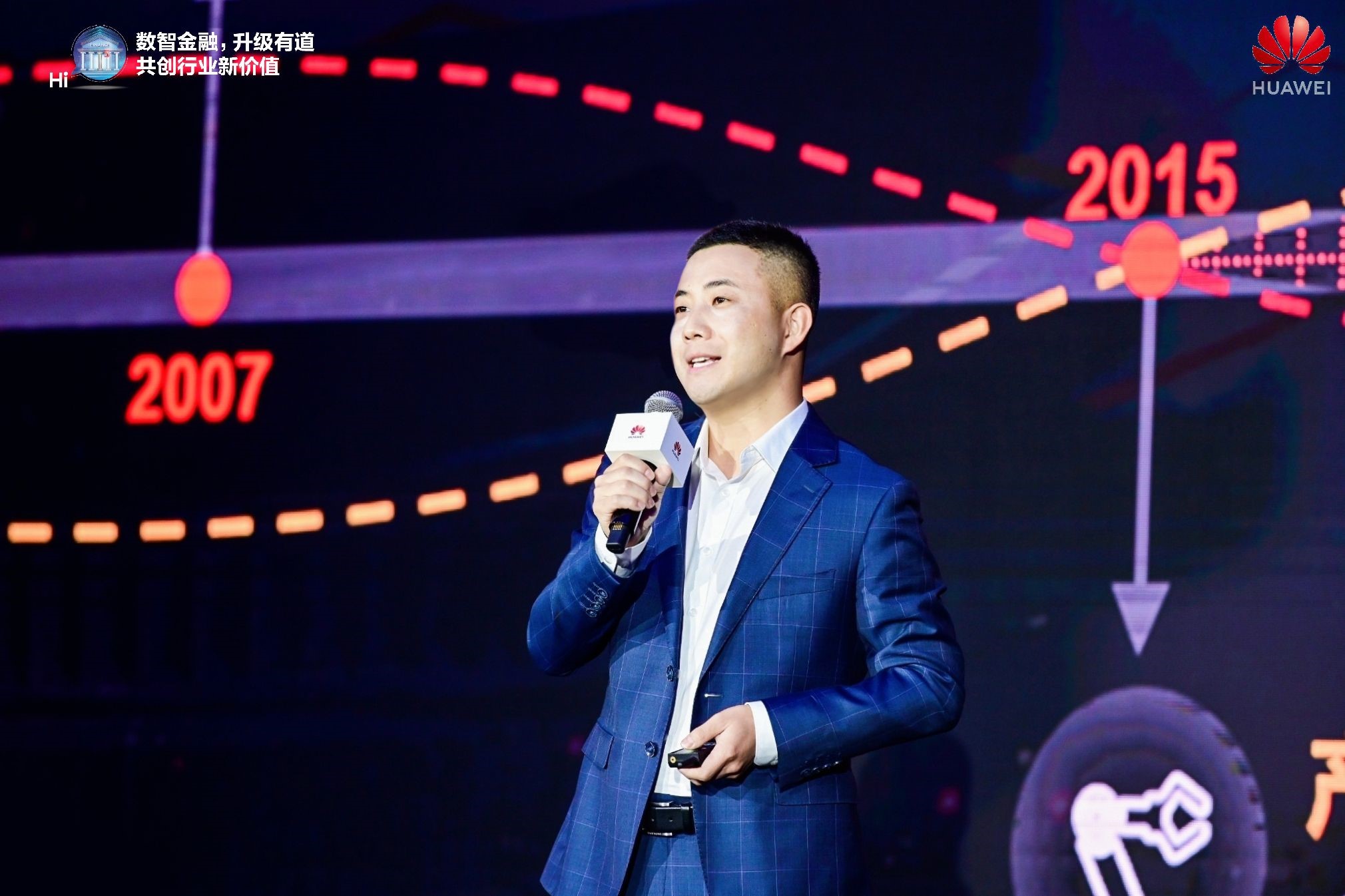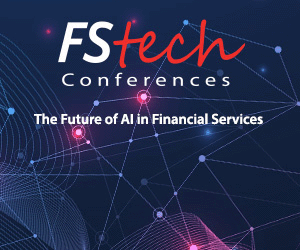FStech Group Editor Mark Evans sat down with Jason Cao, President of Global Financial Services Business Unit, Enterprise BG at Huawei to discuss the Intelligent Finance Summit that was held on 3 and 4 June in Shanghai. This Q&A delves into the key trends associated with the digital transformation of the financial services industry and looks at how data, robotic infrastructure, intelligent storage, and innovative technologies are shaping the future.

Q1: The event was subtitled Accelerate Financial Digitalization New Value Together, can you tell us why that title was chosen and what it really means for the financial sector right now?
A: In the financial industry, with digital transformation it’s no longer a question of whether to do it or not, but something that everyone agrees must be done to position their business for success. By choosing this topic we hope we are sending the message that Huawei can be a key partner in accelerating the digital transformation of financial institutions. We will do that through the plan we released at the summit and by working with our ecosystem of partners.
Q2: The sector is evolving fast – with the idea being that change is the new normal – but what do you think are the key drivers of this? And how do you predict change will manifest itself in financial services?
A: The key driver is definitely the customer. Customer behaviour has been changing a lot and you can see this trend clearly, because everyone is now used to services brought about by better mobile internet. In the future, we think all financial organisations must work as internet companies. They must be very agile, they must know how to use data, and they must build an ecosystem. This is the foundation of future operations and how we think they can survive in the future.
Q3: There are things being driven by the adoption of technologies, but what are the benefits for the consumer?
A: Companies must restructure their corporate architecture so that they can become more agile, make efficiency gains and be able to deliver solid financial value to their customers. In Southeast Asia, we have built a new digital core system together with our partners for leading regional banks. Customers can enjoy financial services without debit cards and the need to go to branches or to other institutions to open a bank account. Especially during the pandemic, where you see a lot of mobile financial services needed across the world. Before, in some regions, governments had to push banks to do it, but now we see this is really becoming a big demand everywhere.
Q4: Are these two needs, the internal need for better more agile infrastructure and the consumer need for services, creating an opportunity to re-imagine the whole operational needs of a bank? Are you getting this feeling from your customers and partners?
A: All financial organisations have to deal with the changes caused by the pandemic. Indeed, we have seen a substantial number of financial institutions make big strides in the use of digital technologies and functionalities to better cope with these challenges. We have had numerous exchanges online with a lot of financial executives across the world. They all believe that remote work capability and business agility are particularly critical at this time. They are calling it the new normal and all agree that financial institutions must move quickly into the digital world.
Q5: You have mentioned the I5 model - an innovative financial ecosystem through five upgrades, but what are the five ‘I’s? Do you see these five elements working in harmony or separately?

A: During the summit we introduced the financial cloud engine I5 model, which has specifically been introduced to assist financial organisations in their transformation and digital upgrade. The ‘five Is’ are: Robotic Infrastructure, Agile Innovation, Data Intelligence, Financial Inclusion, and Industrial Finance. We think that these are different stages, but they work together.
Q6: This builds the foundation, but what advantages can these developments make?
A: Firstly, it’s the technology we have. We have different technologies from connectivity and computing, to AI and the cloud. We think this combination of technologies can help us serve customers better. The second reason, I think is the ecosystem. The ecosystem is really important today and this is our main focus. The third thing we think is very important is that we really understand our customers. We are not a digitally native company, but we are doing the transformation step by step, to transform our processes, organisation, culture, tools and technologies.
Q7: Looking ahead, what do you see as the future of the financial services sector?
A: Financial institutions must learn how to provide services and products more quickly. In China, there is a bank that can provide a new product in a record 10 days, from generation of the idea to product launch. You cannot provide these services on your own; that is what Open Banking has called for. That’s why cooperation with different partners within the ecosystem is really, really important. We also have to change the mindset of dealing with risk management from the traditional way to the new way. I think this is the way of the future.
We think that the technologies are ready and financial services must learn how to use them more efficiently. This is one of the reasons why we held this conference, we want to build a platform where all the different financial organisations can share their ideas.
Latest News
-
What’s next for financial services technology in 2026?
-
The most read FStech stories of 2025
-
Post Office to operate Banking Hubs for 5 more years
-
PSR takes action to boost transparency in card processing fees
-
Visa launches voice-enabled agentic commerce service in UAE
-
ABN Amro completes first international blockchain-based SDC transaction
Creating value together: Strategic partnerships in the age of GCCs
As Global Capability Centres reshape the financial services landscape, one question stands out: how do leading banks balance in-house innovation with strategic partnerships to drive real transformation?
Data trust in the AI era: Building customer confidence through responsible banking
In the second episode of FStech’s three-part video podcast series sponsored by HCLTech, Sudip Lahiri, Executive Vice President & Head of Financial Services for Europe & UKI at HCLTech examines the critical relationship between data trust, transparency, and responsible AI implementation in financial services.
Banking's GenAI evolution: Beyond the hype, building the future
In the first episode of a three-part video podcast series sponsored by HCLTech, Sudip Lahiri, Executive Vice President & Head of Financial Services for Europe & UKI at HCLTech explores how financial institutions can navigate the transformative potential of Generative AI while building lasting foundations for innovation.
Beyond compliance: Building unshakeable operational resilience in financial services
In today's rapidly evolving financial landscape, operational resilience has become a critical focus for institutions worldwide. As regulatory requirements grow more complex and cyber threats, particularly ransomware, become increasingly sophisticated, financial services providers must adapt and strengthen their defences. The intersection of compliance, technology, and security presents both challenges and opportunities.
© 2019 Perspective Publishing Privacy & Cookies













Recent Stories